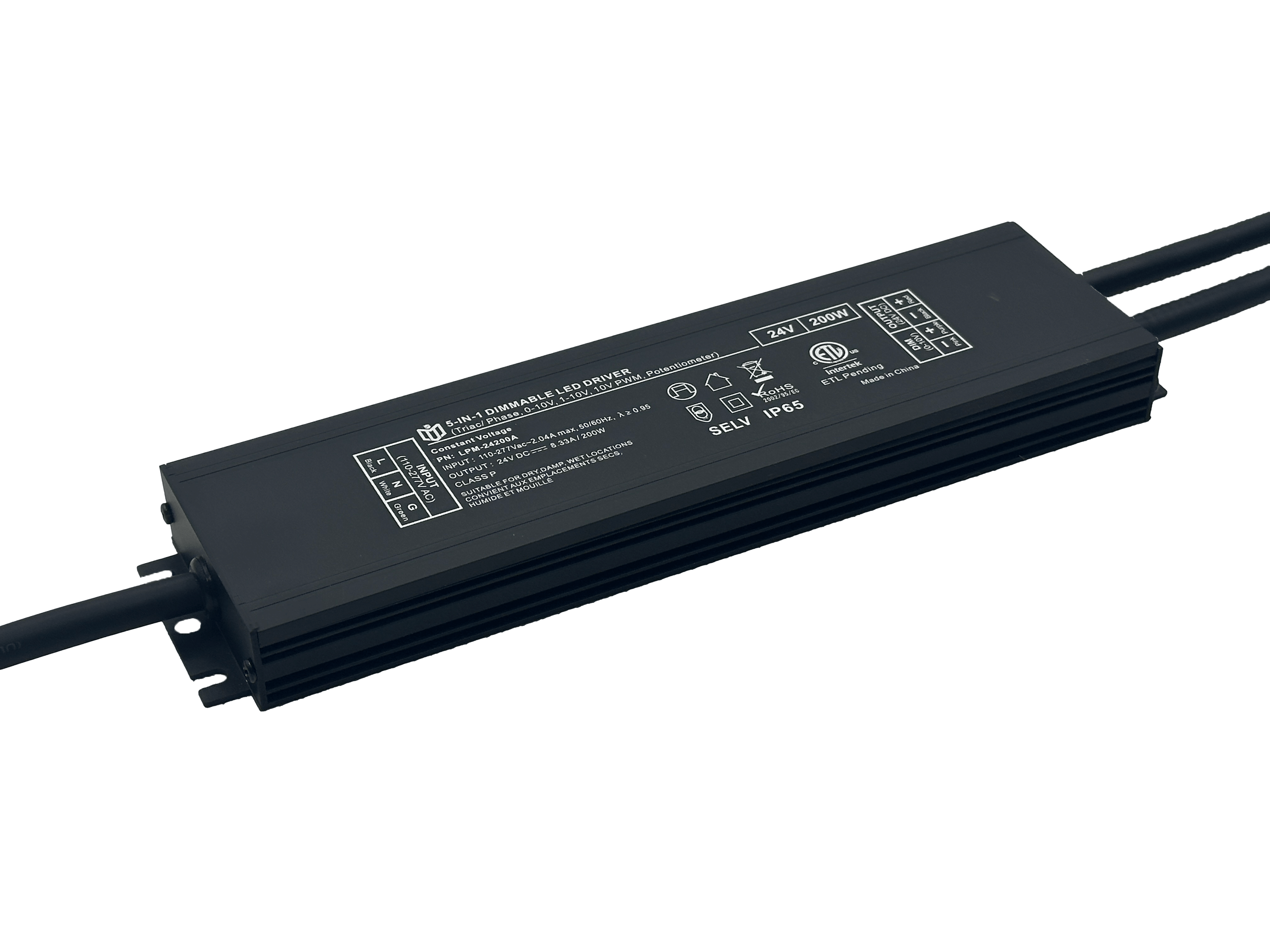What role does TRIAC dimmable power supply play in the IoT era?
In an increasingly interconnected world where every device communicates and collaborates through the Internet of Things (IoT), one component often flies under the radar despite its transformative impact: the TRIAC dimmable power supply. This unsung hero bridges analog control mechanisms with digital intelligence, becoming indispensable for applications ranging from residential ambient lighting to industrial automation. By leveraging thyristor-based switching technology, these power units enable granular brightness adjustment while maintaining compatibility across diverse load types—a necessity as billions of sensors, actuators, and edge devices join global networks.
Smart Lighting Control Redefined
At its core, a TRIAC dimmable supply acts as both conductor and moderator within IoT architectures. Unlike traditional on/off switches, it uses phase-cut techniques to vary voltage delivery, allowing smooth transitions between intensity levels. When paired with microcontrollers or gateways, users gain remote access via apps, voice commands, or AI algorithms that automatically adapt illumination based on occupancy patterns, daylight harvesting data, or circadian rhythm studies. For instance, hospital corridors now dim during nighttime shifts without manual intervention, reducing energy waste while preserving patient comfort—all orchestrated through standardized protocols like Zigbee or Wi-Fi HaLow.

Energy Efficiency Amplified Through Intelligent Management
Beyond convenience lies sustainability. Modern TRIAC systems integrate feedback loops that monitor real-time power consumption, feeding telemetry back to centralized platforms. Facility managers can visualize usage heatmaps across buildings, identifying overloaded circuits or inefficient fixtures instantly. A retail chain deployed such solutions across stores, cutting peak-hour demand charges by 22% annually. Crucially, these supplies support bidirectional communication; they don’t merely execute commands but report operational health metrics (e.g., temperature spikes indicating component stress), enabling predictive maintenance before failures occur.
Seamless Integration Across Heterogeneous Ecosystems
What truly sets TRIAC apart is universality. Whether driving LED strips in smart homes, HMI panels on factory floors, or horticultural grow lights synced to plant growth cycles, their modular design accepts AC inputs worldwide and scales output dynamically. Open-source firmware libraries further democratize customization—hobbyists retrofit vintage fixtures into Alexa-compatible lamps using Arduino shields connected via RS-485 buses. Even legacy infrastructure benefits: retrofitting old theater dimmers with IoT-ready TRIAC modules extends lifespan while adding cloud analytics capabilities.
Future-Proofing Through Standardization & Security
As cybersecurity concerns mount alongside proliferation, manufacturers now embed hardware encryption chips directly into PCB designs. Compliance with Matter standards ensures cross-brand interoperability, meaning a Philips Hue bridge can equally manage third-party commercial fixtures via MQTT brokers. Emerging trends point toward hybrid topologies combining silicon carbide semiconductors for higher frequency response—critical as LiDAR scanning speeds accelerate in autonomous vehicles relying on millisecond-precise lighting cues.
From mere electrical intermediaries to cognitive load balancers, TRIAC dimmable power supplies embody the quiet genius behind scalable IoT deployments. Their ability to translate human intent into machine language across countless use cases makes them foundational pillars supporting tomorrow’s hyperconnected landscape. As developers continue pushing boundaries—experimenting with neural network optimized dimming curves or blockchain-verified energy credits—this humble workhorse will remain central to realizing our vision of an intelligent, responsive built environment.
 In heritage architecture prote
In heritage architecture prote
 When small-batch customization
When small-batch customization
 Have the electromagnetic emiss
Have the electromagnetic emiss
 When Triac dimmable power supp
When Triac dimmable power supp
